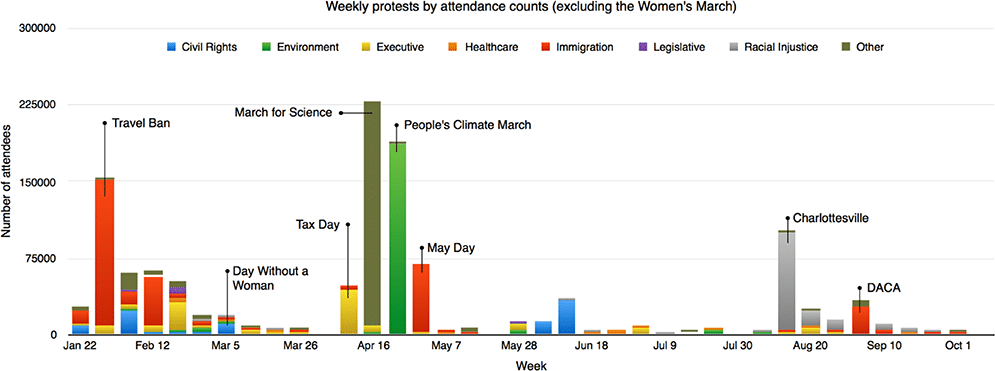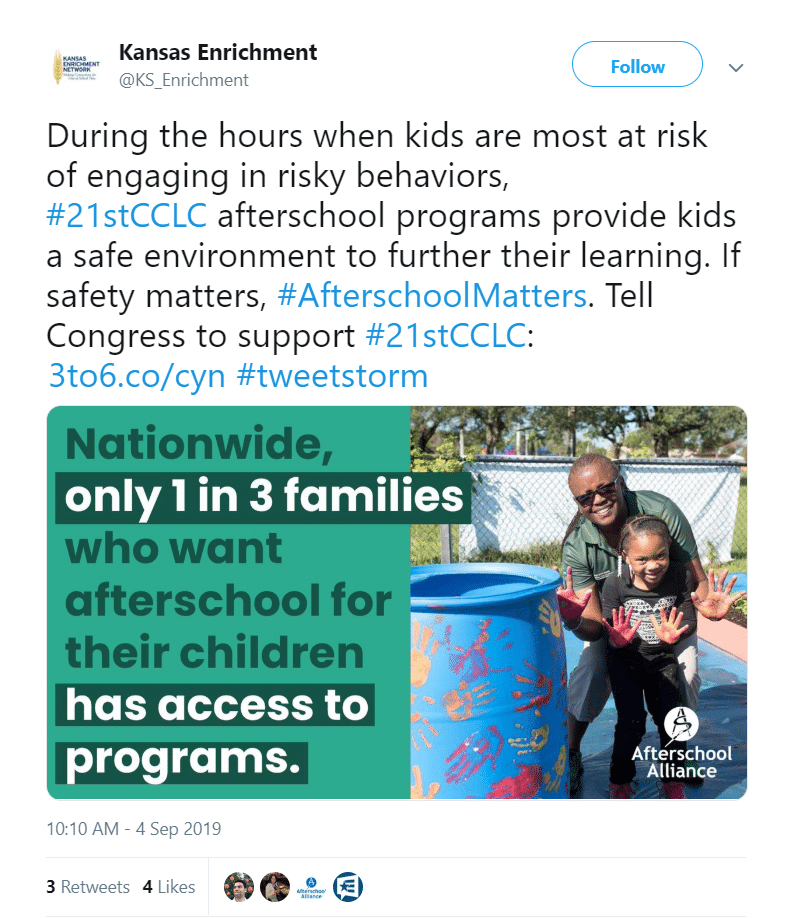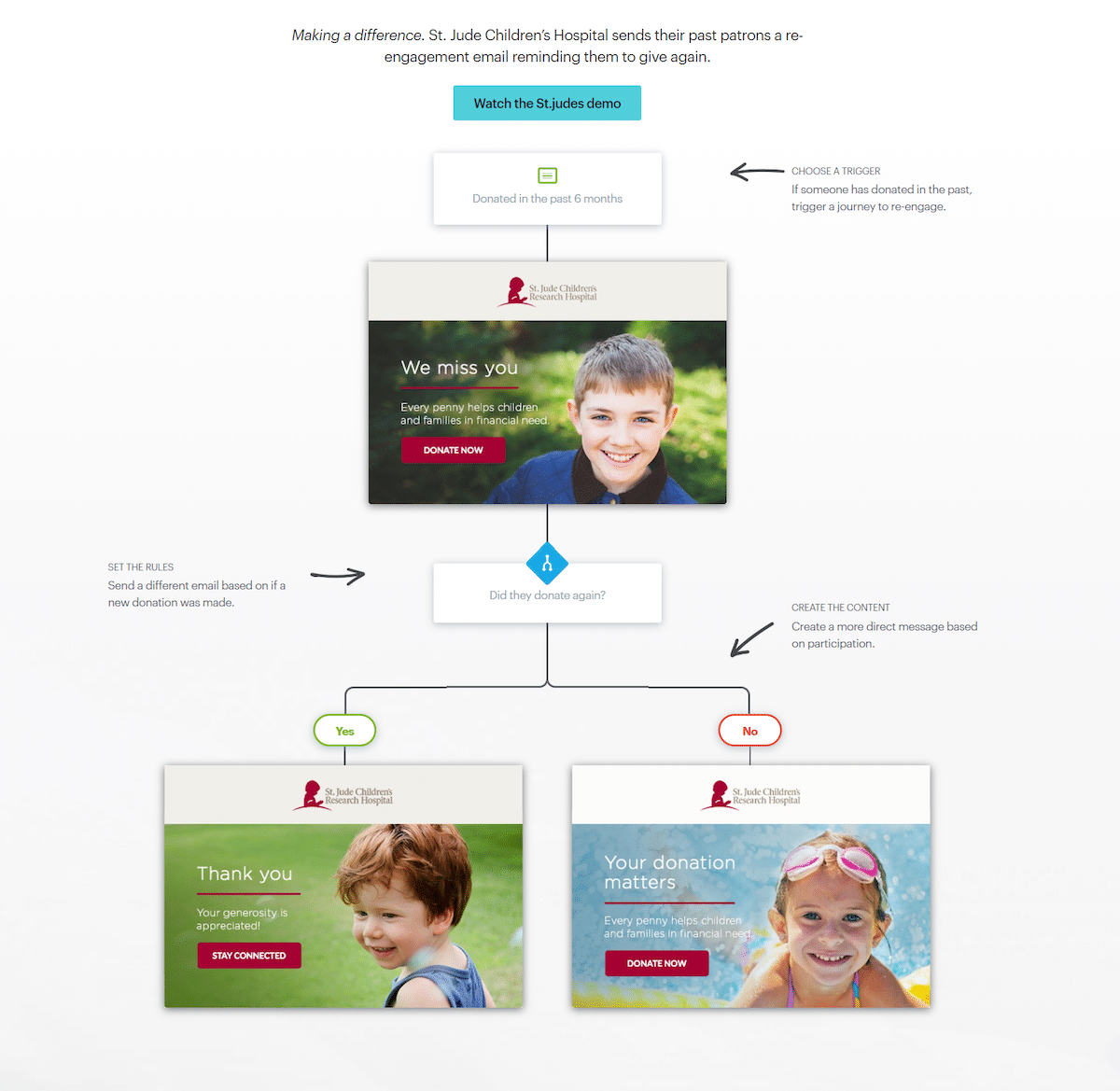Today’s consumers are more socially conscious than ever: 79% of Americans say they’re more loyal to purpose-driven brands. Brands aren’t letting the opportunity go to waste, and they tend to have much larger marketing budgets than the average NGO. There are also agencies who specialize in email marketing for nonprofits who can help.
How can you create a nonprofit branding strategy that stands out and helps you reach the right audience? We know you may not have the same funding as Amnesty, UNICEF, or Human Rights Watch but that doesn’t mean you can’t develop a solid name for yourself.
Read on to discover how to use cost-effective strategies for branding your nonprofit and standing out from the crowd.
The modern conundrum with branding for nonprofits
More and more consumers around the world are voting with their dollars, with over half of all worldwide consumers considering themselves “belief-driven” buyers, and 57% stating they’ll boycott a brand based on a hot political issue.
Chinese citizens lead the way with 73% making purchase decisions based on a shared belief, followed by India with 63% of consumers doing the same. Forty-three percent of Americans also say they make belief-driven purchases.
Source: Customer Insights Group
At first glance, this would mean there’s never been a better time for NGOs and nonprofits to capitalize on the value-driven trend.
Developing identity with integrity
However, businesses are already working two steps ahead. Starbucks, Nike, Toms, Adidas, Patagonia—some brands have jumped on the bandwagon recently, while others have always worked socially conscious branding into their entire marketing strategy.
Meanwhile, companies like Airbnb get stuck in the middle on topics deemed too controversial for businesses to support or denounce.
To distance themselves from consumer brands and develop a niche, nonprofits need to focus on building a brand identity that has integrity.
Nonprofit branding guidelines
As you develop a nonprofit branding strategy, keep these general nonprofit branding guidelines in mind to make the most of your efforts.
- Do get controversial if you believe there’s an audience for your cause.
- Do highlight your logo and colors in all your marketing materials, including social media campaigns, fonts, and images.
- Do partner with brands who share your mission.
- Don’t make your marketing material too generic. Be specific.
- Don’t be afraid of connecting with other grassroots movements.
- Don’t spread your marketing funds too thin on unproven strategies.
7 cost-effective strategies and examples for branding your nonprofit and standing out
NGOs and other organizations can take advantage of these cost-effective strategies and examples for branding your nonprofit.
With these tips, you’ll stand out from competitors as well as consumer brands to make sure your message resonates and doesn’t get lost in the crowd.
1. Get on the ground.
While it’s a challenge to get accurate figures on something so fluid, data shows that, by October of 2017, over 5.4 million Americans attended thousands of political protests.
According to a Washington Post survey, roughly 20% of Americans have attended a protest or rally since 2016.
Source: Boston University
Nonprofits don’t necessarily have to insert themselves into a controversial political debate, but they can find local events that relate to their cause to connect with potential donors. With rallies, panels, discussions, and community events springing up everywhere, nonprofits are sure to find events where their audience hangs out.
Consider investing in your own set of evergreen placards for marches, flyers to hand out, brochures about causes, and any other relevant information on marketing material to pass out to attendees.
2. Engage with your audience as your nonprofit.
While social media paid advertisements and sponsored posts can get pricey without a strategy, it’s free to use the platforms. As part of your nonprofit branding strategy, make sure you’re doing everything you can to connect with your audience.
Use your page to start discussions and form groups, to like and comment on relevant topics and posts. When it comes to branding your nonprofit, every little bit of interaction counts.
Twitter is an excellent medium for connecting with your audience. Follow plenty of influencers, journalists, and activists in your field. Tweetstorms are popular tools activists use to make an impact. While Twitter tends to restrict and control which hashtags make the public trending list, your audience will still see your posts, and that’s really what matters.
Source: Twitter
3. Become a great storyteller.
While content marketing is an effective tool for engagement and organic traffic, most NGOs and nonprofits don’t have the marketing budgets to pump out several high-quality pieces of blog content every week.
Instead, it’s important to make do with what you can afford. To do that, become a great storyteller. Let your recipients, volunteers, and donors draft stories explaining how and why they chose to get involved.
Start by deciding on an audience you’d like to target. Next, find a current volunteer that matches that demographic and ask them to tell their story.
You can then use targeted social media posts to reach that specific audience with the content you created. You can still target specific keywords and create content, but you don’t have to devote a ton of funds to content marketing.
4. Leverage your images and video content.
Video content and other multimedia are important, but their production also demands a heavy financial investment. Most nonprofits can’t afford to keep up with organizations like Amnesty in this respect.
Do what you can with what you already have available. Modern smartphones have excellent camera features. Use images from your events for branding your nonprofit with logos and colors. Use YouTube for live videos and storytelling that appeal to different demographics.
Multimedia like infographics are an excellent choice when you decide to splurge because they have a long shelf life and tend to share well.
5. Personalize as much as possible.
It’s important to use your recipient’s first name in email marketing, but that’s not enough.
A few affordable AI and data collecting tools can go a long way for connecting with your audience and reaching them with personalized content.
Use Facebook audience insights to strategically sponsor posts and reach your target audience. Break your subscriber list up into segments based on location and interest to create personalized content.
It’s also important to speak to each reader on a personal level. Write in one-on-one terms like you’re having a conversation with a friend and make them feel like they’re part of the team.
Take advantage of buttons with different donation levels. If you keep it general and just ask for any donation, you’ll get nothing.
6. Connect with influencers and brands.
Many nonprofits don’t realize that plenty of activist influencers will gladly share their posts—often for free because they genuinely care about the cause.
Follow relevant journalists that cover your cause. See who interacts with their content on Twitter and Facebook.
Reach out to activists who have connections on the ground to volunteers and donors. Plenty of people would love to get involved with more causes they care about, but they have no idea how to do it.
Simply asking an activist to share your content can make a dramatic difference in terms of branding your nonprofit. Plus, it helps you develop credibility because activists are technically influencers in their communities.
7. Focus on an email marketing strategy.
Email marketing is a cost-effective branding and marketing tool for nonprofits because it allows you to do a lot with minimal resources.
Thanks to AI and modern email service providers like Campaign Monitor for nonprofits, you can use drag-and-drop editors, segmentation, and personalization to create effective email marketing strategies.
Customer journeys are effective tools for onboarding new subscribers and introducing them to what you do with welcome messages, information about the cause, and triggered campaigns based on their online behavior.
Source: Campaign Monitor
8. Hold a contest or game.
Contests and games are great ways to engage your online audience and encourage user-generated content for your nonprofit branding strategy.
Video essay contests, voting in polls, asking for reviews—these are all great ways to help spread your branding message without spending an arm and a leg on marketing material.
Nonprofits can also consider partnering with brands that may be willing to donate gift cards or other prizes for contest winners. Plus, they can help promote the contest to their audience.
Wrap up
Nonprofits are in a difficult position. On one hand, the public—especially young generations—are more socially conscious than ever.
Branding your nonprofit is crucial for standing out, and you can make an impact using some of the following strategies:
- Connect with influencers and journalists.
- Personalize as much as possible.
- Leverage your multimedia content.
- Get on the ground to engage with relevant movements.
Are you ready to learn some nonprofit email marketing strategies?









